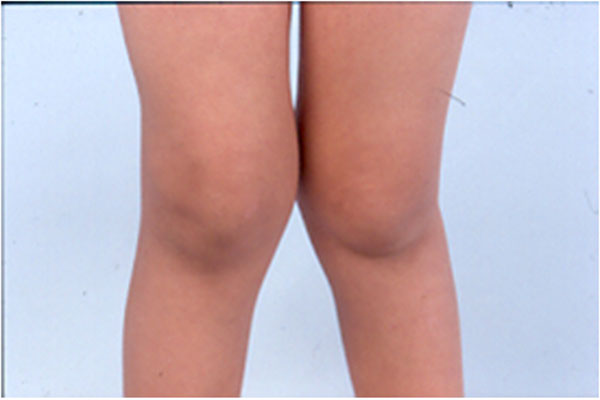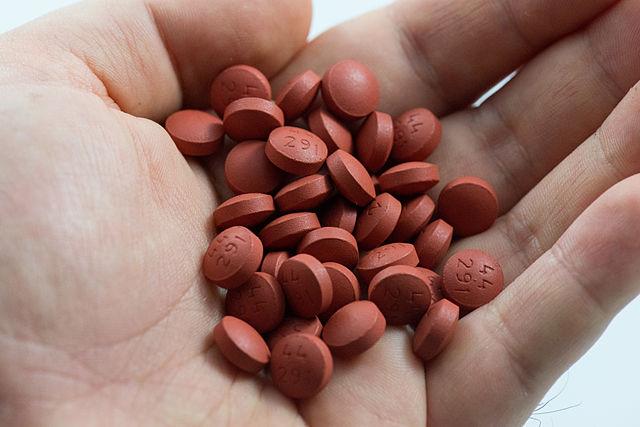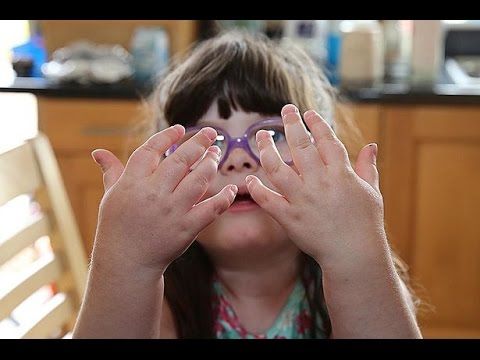Juvenile arthritis or JA is an umbrella term for different types of arthritis that occur in the children of age 16 or younger. Many inflammatory and autoimmune disease conditions are included in juvenile arthritis. Also known as pediatric rheumatic disease, these conditions share several common signs and symptoms including pain, swelling, warmth and redness in the joints and other organs may even be affected.
Here are its different types, causes, symptoms, diagnosis and treatment.
Different Types of Juvenile Arthritis

The various forms of juvenile arthritis include:
1. Juvenile Idiopathic Arthritis (JIA) is the most common type of arthritis for which the cause is mostly unknown (idiopathic). It comprises of six subtypes: systemic, juvenile psoriatic arthritis, oligoarticular, enthesitis-related, polyarticular and undifferentiated JIA.
2. Juvenile dermatomyositis: This type of inflammatory disease leads to skin rash and muscle weakness on the eyelids and knuckles.
3. Juvenile scleroderma: More common in girls, it causes hardening and tightening of skin. The autoimmune disease causes skin inflammation. It can also damage joints, muscles and bones other than skin.
4. Kawasaki disease: A rare childhood condition, it involves inflammation of blood vessels especially coronary arteries and can cause heart complications if not treated well. Affecting boys more than girls, it usually occurs in children aged 2 years and younger. Joint pain occurs, often on both the sides of body.
5. Juvenile lupus: Referred to as systemic lupus erythematosus (SLE), childhood lupus is an autoimmune disease affecting joints as well as skin, blood, kidney and other body parts.
6. Fibromyalgia: This chronic pain syndrome is an arthritis-related condition that is more common in girls and is rarely diagnosed before puberty. Stiffness and aching, fatigue, disturbed sleep and other symptoms occur.
7. Mixed connective tissue disease (MCTD): This condition includes characteristic signs of arthritis, scleroderma and lupus dermatomyositis. A high level of certain antinuclear antibody called anti-RNP are found in people with this autoimmune disorder.
Causes
The cause of most types of juvenile arthritis is not known. Also, there is not much evidence suggesting that foods, toxins or allergies cause children to develop juvenile arthritis. However, the researchers believe that juvenile arthritis may be associated with genetic factors, some infections and environmental triggers.
Signs and Symptoms

The children affected by juvenile arthritis may experience no symptoms. And, the symptoms can also depend on the different types of juvenile arthritis. Some common symptoms of JA include:
- Stiffness in the joint, especially in the morning when one wakes up
- Blurred vision
- Joint pain, tenderness and swelling
- Irritability
- Rash
- Fatigue
- Redness and pain in the eye
- Weight loss
- Persistent fever
- Limping: Children may be unable to perform motor skills that he/she recently learned.
Diagnosis

The diagnosis of juvenile arthritis may be difficult as the children may have no to some symptoms that may be associated with other disorders like lyme disease, cancer, bone disorders or infections. It can have a long and detailed diagnosis process. The specific tests performed may vary depending on the type of juvenile arthritis that is being suspected. The key of diagnosing it is careful physical examination and complete knowledge of medical history.
Some tests that might be useful in finding out the type of arthritis a child may be having, include:
- Lab tests on blood and urine
- Complete blood cell count
- X-rays for ruling out bone breaks or damages
- Imaging tests like MRI scans
- Tests for virus and lyme disease
- Blood culture for checking the bacteria
- Erythrocyte sedimentation rate to check RBCs falling rate, high rate indicates an inflammatory disease
- Bone marrow examination
- Test for rheumatoid factor (an antibody present in people with arthritis)
- Joint fluid sampling and synovial tissue sampling
- Antinuclear antibody test to check evidence of autoimmune disease
- Bone scan for detecting changes in joints and bones
Treatment

Though remission is possible through early diagnosis and aggressive treatment, juvenile arthritis does not have any cure. Controlling pain, reducing swelling pain, preventing joint damage, increasing joint mobility and improving quality of life are the major treatment goals. Most of the treatments involve physical exercises, healthy diet, eye care and medications. The treatment methods are based on the type of juvenile arthritis a child has.
The different types of drugs used for treating juvenile arthritis are:
- NSAIDs (Nonsteroidal anti-inflammatory drugs)
They help in treating pain and swelling. Some are available over the counter and others that are prescription only. NSAIDs include products like ibuprofen and naproxen.
- Slow-acting antirheumatic drugs (SAARDs)
Also called disease-modifying anti-rheumatic drugs (DMARDs), SAARDs are useful in treating pain and swelling over the course of time and mostly take many weeks or more to show the effect.
A doctor may prescribe these drugs along with NSAIDs. The most commonly used DMARDs include methotrexate, hydroxychloroquine, sulfasalazine and anti-TNF drugs (drugs that block tumor necrosis factor or TNF). Etanercept (Enbrel) and etanercept-szzs (Erelzi) are the anti-TNF medication used for treatment of juvenile arthritis.
- Corticosteroids
They are also used for treating pain and swelling. In some cases, steroids are administered as an injection into the affected joint before giving any other treatment. The doctor might sometimes prescribe oral steroids, but they are generally avoided in children due to adverse side effects such as poor growth and weight gain.
- Antimetabolites
A type of drug used for aggressive therapy, antimetabolites aim to reduce any further joint damage and preserve joint function. A new drug called Xatmep is an oral form of methotrexate that can be used for treating polyarticular juvenile idiopathic arthritis in the pediatric patients especially when NSAIDs were not effective enough.

